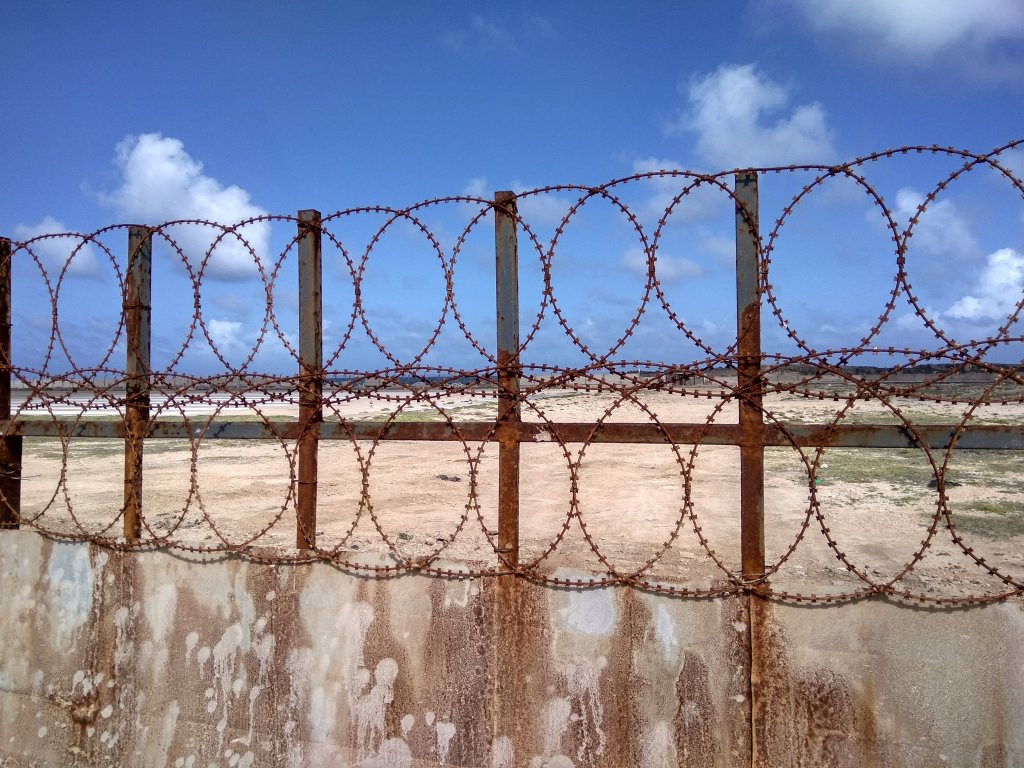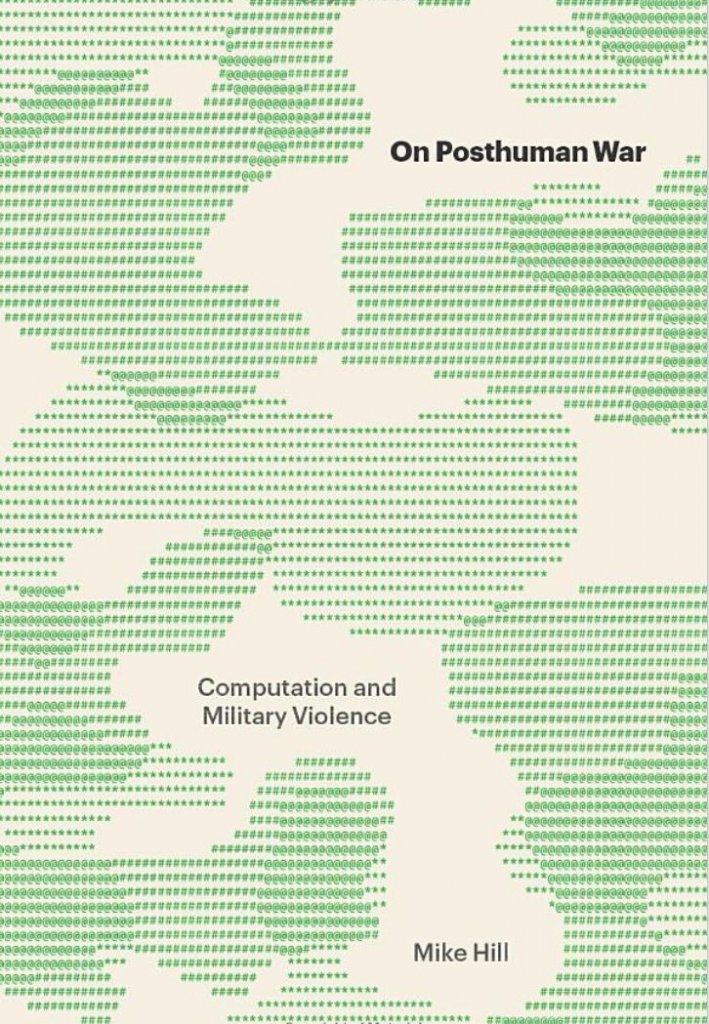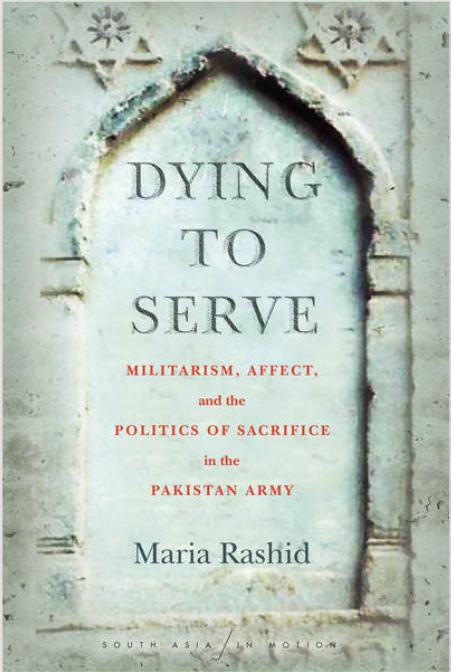by C. Birchall, Minneapolis, University of Minnesota Press, 2021, 244 pp. ISBN 978-1-5179-1043-3
Why is it that debates about trade-offs between supposed binary opposites of secrecy and transparency, and between secrecy and security, so often feel unsatisfying? As Clare Birchall acutely points out in her new book, Radical Secrecy: The Ends of Transparency in Datafied America (2021), to question transparency in liberal democracies today is (seemingly) to be opposed to progress, to be corrupt, or to be antidemocratic. However, in this era of digital data and the power and economic value associated with its flows and accumulations, Birchall’s important work joins a school of scholars such as Jodi Dean, Alasdair Roberts, Lisa Stampnitzky and Shoshana Zuboff (to name just a few) in critiquing the narratives of secrecy, transparency, revelation/exposure and surveillance capitalism.
Birchall highlights that datafication has reinforced the monopoly that the state, in combination with big tech companies, has on secrecy in the form of surveillance, in which citizens become more transparent to the state through the accumulation of myriad data points. Meanwhile, attempts to make transparency more symmetrical, through programmes such as open government data for example, end up delegating responsibility to citizens to use and make sense of that data. As Birchall shows convincingly in the book though, the end effect of these initiatives is that they offer responsibility without power in a way that conversely curtails political agency or real change. In highlighting the unsatisfying results of initiatives in the name of transparency, Birchall sets the stage by suggesting that despite commonplace narratives that assume transparency is an unequivocal good, this is a moment in which visibility and revelation have lost most of their force.
Building on her scholarship in a series of articles (2011, 2015, 2017) and extending them into this book length treatment, Birchall makes the argument that progressive social goals would be better served by a radical form of secrecy, especially in this contemporary moment that sees state and corporate forces hold such an advantage over control of digital data. Calls for more transparency on the part of the data holders, or more privacy for data subjects, often seem to be the clarion call for those objecting to the unequal distributions of agency and political power that emerge in what Zuboff elsewhere has provocatively described as the ‘age of surveillance capitalism.’ However, in her book Birchall shows us the importance of moving beyond calls for privacy, and to interrupt the tension between state security and the public’s right to know, by presenting a compelling reformulation of secrecy as a key part of performing a digital ‘right to opacity,’ drawing on the work of Edouard Glissant. She does this by presenting a gradual and logically organised argument over the course of the early chapters to illustrate the shortcomings of transparency and privacy, as they are commonly enacted today. As she states in the preface, the book is intended to trouble “the vectors of secrecy and transparency to make room for more equitable distributions of power.” (p. ix). This book therefore presents a reassessment of secrecy and transparency as ideas, practices, and resources, and by temporarily reversing the values and promises of secrecy and transparency, she goes against the conventions of routine discourse to make a valuable intervention.
This book … offers crucial insights for scholars working on issues of security, war, critical terrorism studies, state and covert operation, networked technologies and algorithms, sensate regimes of war and affect, data and transparency and post-truth regimes, intelligence, surveillance, science and technology… the list goes on!
In order to reassess the ideas, practices and resources that secrecy and transparency present to us as critical scholars, Birchall therefore sets out to answer three questions. First, “how might transparency, in contrast to the high hopes placed in it by a range of political pundits, organisational and management theorists, and campaigners, actually delimit the scope of the political and serve agendas that are far from transparent?” Secondly, “can we imagine, or think with, a secret or secrecy that could act in the service of, rather than against, a progressive politics?” And thirdly, “how can we represent the relationship between secrecy and transparency in a way that avoids the dead ends of current debates?” (p. 2). Given the excellent conceptual nuance and empirical depth of the arguments though, the book would perhaps be unlikely to work as an introductory or undergraduate-level text to begin with. By treating secrecy and transparency as malleable, floating ‘empty signifiers’ (a la Ernesto Laclau) rather than fixed opposites, she begins to show scholars a framework for how we can think, and write, with the possibility of harnessing secrets and secrecy for progressive aims. As such, this book is a valuable and timely contribution to a growing literature and discipline dedicated to studying secrecy, one that would be most useful to scholars from across the social sciences and humanities.
First of all, this book and its conceptual framework is an important resource for security scholars. The discipline needs to pay attention to secrecy as both an epistemological but also ontological concern: its power, allure, affect and capacity for interpellating subjects. Through their genealogies of the secrecy and transparency in Enlightenment and American thought, Chapters One and Three in particular offer convincing critiques of the ways that transparency and secrecy can, and do, act as carriers of (liberal or Enlightenment or capitalist) ideology. But this approach in turn also offers a way of destabilising those assumptions, of ‘thinking against the grain,’ as Birchall described it. This book therefore offers crucial insights for scholars working on issues of security, war, critical terrorism studies, state and covert operation, networked technologies and algorithms, sensate regimes of war and affect, data and transparency and post-truth regimes, intelligence, surveillance, science and technology… the list goes on!
What unites these topics is an assumption about the power of hermeneutic suspicion, the sense that if we document and critique international affairs, if we can just ‘open’ up the information, uncover a ‘truth’, that ‘we’ as scholars can bring about political change, make a difference. Instead, this book prompts us to think more explicitly, and therefore more reflexively, about what such a critical project is founded upon if openness and transparency are predicated on a series of otherwise unquestioned assumptions of their good. For those interested in configuring secrets as a properly political subject, it is necessary to sidestep the debate as constructed by mainstream discourse, as this book amply demonstrates. But even if we are not researching matters directly related to secrecy or transparency or their cognate topics, this book still offers an important set of resources to critical security scholars, to international relations, and beyond.
Secondly, and related to previous point, this book explores a critical approach to, or conceptualisation of, ‘politics’ that shifts away from liberal and emancipatory ideals or that are automatically predicated on assumptions about the atomised individual as the basic operating unit, and its concept of representative or participatory democracy. Drawing on Jaques Rancierre’s ‘distribution of the sensible,’ and Hardt and Negri’s ‘multitude’, I found Birchall’s definition of politics (for example on p.98 and p.108) to offer a useful starting point for an alternative communitarian politics, made up of singularity, rather than atomised individuals. This in turn points to some alternative theorisations of politics than those critiqued by Browning and McDonald and others in critical security studies. This book also provides some lucid theorising on the relationships between resistance and revelation, obfuscation and politics. That said, there is plenty more work that needs to be done on these relations, particularly on what counts as a ‘revelation,’ and exploring how resistance can manifest or become available through these practices.
Secrecy, transparency, security, all have a temporal orientation, or a capability to act as a form of timing that need deeper theorisation if we are to understand how the ideologies of secrecy (or transparency) may change over time, or can effect political change over time, as Birchall urges.
Security scholars could be well placed to do this, given recent interest in how it is not just human agents, but also non-humans who can be ‘readers’ or ‘seers’ or ‘makers’ of secrecy and secrets and security. The book has a focus on US and there is still much more to be gained for theorisations of secrecy by engaging with non-Western contexts, as Birchall herself would be the first to tell us. But also, there could be more work done on the role of temporality in/of secrecy, and not just state or government secrecy but a more broadly cultural look, such as that deployed in the book. Secrecy, transparency, security, all have a temporal orientation, or a capability to act as a form of timing that need deeper theorisation if we are to understand how the ideologies of secrecy (or transparency) may change over time, or can effect political change over time, as Birchall urges.










